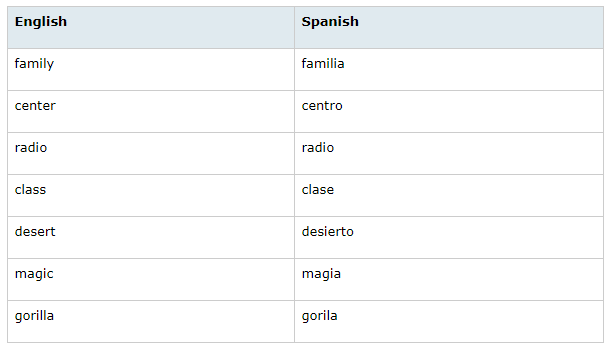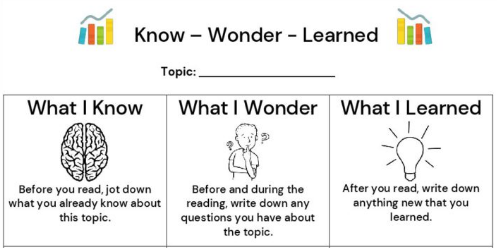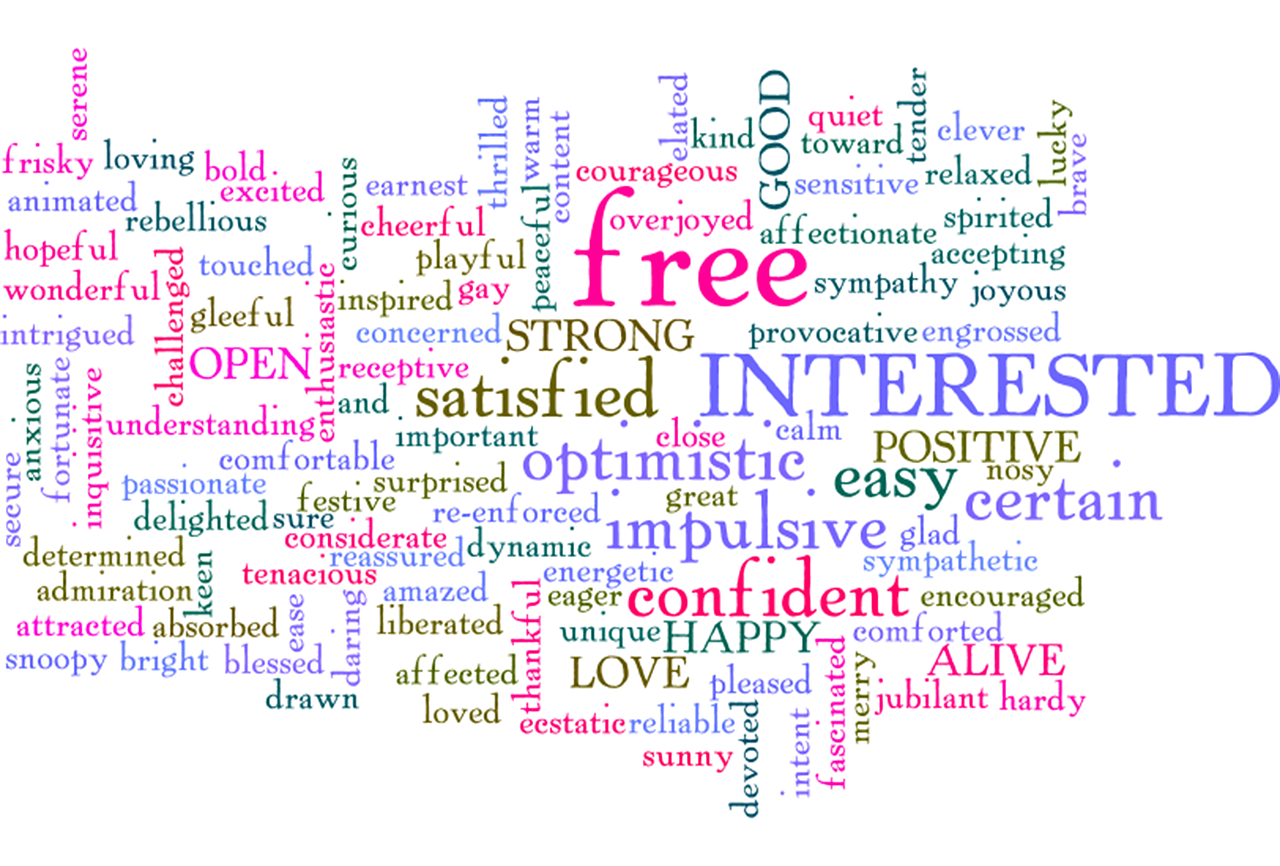My sister always tells this old joke when she has a big task to tackle: How do you eat an elephant? One bite at a time. The task of an English Language Learner (ELL) to read and comprehend an English text must feel as insurmountable as eating an elephant! To comprehend what is read, the ELL must have a firm grasp of the language (including grammar), possess the necessary background knowledge, and know the specialized vocabulary for the content area. How does a student get from strictly translating what they’ve read to actually comprehending it? Let’s look at it one bite at a time.
Translation basics
ELL’s are simultaneously learning to read and reading to learn. The translation is a valuable support strategy, but it is not a solution that should be used in isolation. In order to improve comprehension, a student needs to strengthen these basic skills: vocabulary, grammar, and background knowledge.
Vocabulary/Cognates
If you took a foreign language in high school, you may remember learning the vocabulary of that language first. That was the fun part! We were basically learning words in isolation which happens to be the worst way to acquire a second language. (Which is why we don’t remember anything now.) Pre-teaching relevant vocabulary before reading a selection helps all students understand the words, then see them used in context.
Cognates are words in related languages developed from the same root. English and Spanish have a lot of overlapping words like family and familia or elephant and elefante. Cognates are beneficial in acquiring vocabulary, especially abstract words. For more on Cognates, check out this article which has a link to a list of English/Spanish cognates.

From “Using Cognates to Develop Comprehension”
Grammar
If you took that 2nd year of a foreign language in high school, you got to the part where you learn the grammar. We weren’t having fun anymore! Is it important to learn grammar? The simple answer is yes. Native speakers of a language have a sense of grammar without knowing the jargon involved. Quick! Name the 7 categories of pronouns! I can’t do it either, but I do know what “sounds right.” I may not be able to name personal or possessive pronouns, but I can write a sentence using them correctly: “He loved his Lamborghini more than anything else.” My point is that you can learn grammar without learning the jargon. Grammar can and should be integrated into the total curriculum. Just remember KISS (Keep It Simple, Sweetheart.) Keep the explanations brief and simple and tailored to your audience. More fluent and advanced students may need the more complex explanations. If you are dying to know the 7 categories of pronouns, you can find them here plus more information about grammar terms than you may ever need!

Building background knowledge
Background or prior knowledge is essential for comprehension. Assessing what a student knows or doesn’t know is important in activating that prior knowledge. A KWL Chart is a tried and true way to assess what students know and also provide a way to clear up misconceptions. Chapter 2 from the book, Overcoming Textbook Fatigue available to read here offers many strategies to build background knowledge. My favorite strategy is the use of picture books. Yes, you can use picture books at any age. The author lists several books and how they can be used in various subjects including math! There is a series about math called Sir Cumference. I also found youtube read alouds for some of the books including one about the Dragon of Pi and another one about the First Round Table, of course!

Image by Herbert Aust from Pixabay
The Elephant in the Room
So, how do we address the elephant in the room? What are some strategies and activities that teachers can do to improve comprehension? Let’s take some bites out of chunking, building vocabulary, and active listening.
Chunking
This is a commonly cited strategy to use with ELLs. It simply means to take larger passages or texts and “chunk” them into smaller bite size pieces. So, how do you eat an elephant? By chunking! Chunking involves breaking down the passage into unknown vocabulary, key details, and main ideas. This helps the reader to more easily synthesize the material and then paraphrase the information. Depending on the skill level of the reader, this can be as short as phrases or as long as a multi paragraph article. For more information, check out this article on chunking. The jigsaw strategy to learn about the Bill of Rights would be a great way to try this with a group for the first time.
Chunking and fluency
Chunking is also a strategy that can be used to help students read with more fluency. More fluent reading is another road to improved comprehension. More about this can be found in this article.

Image by narciso1 from Pixabay
Building vocabulary
This is so important to all readers because building vocabulary builds background knowledge. You can use visual cues, crossword puzzles, and fill in the blanks with word banks. Students can create their own glossaries in heavy content classes like science and social studies. Games like Pictionary and 20 questions are also fun ways to practice and learn vocabulary. For more tips check out Vocabulary Development with ELLs. The Word Wizard Box is a great idea for a wrap up at the end of class to encourage discussion over words students may hear but may be too nervous to ask about.
Active listening
Not only does listening improve comprehension, it improves pronunciation, models fluency, and allows students to be able to think more critically about the content because they are not struggling to decode the words. Be sure to provide the written text so the students can follow along and make the sound-word connections. Partner reading, shared reading, even reading aloud to yourself are easy ways to do this in the classroom. There are great audiobooks and youtube videos available too!
Practice makes… proficient!
While we took some bites out of the elephant, in the end it all comes down to practice. Here are 2 more strategies to add to your trunk (Elephant puns are fun in every language).
Practice
Once you have your students set up in Read Theory, it is so easy to work in that extra practice when you can. In my article on how to improve reading retention, I shared my Reading Log. I’ve since updated it and I added the sentence starter to help students connect their background knowledge with what is read: This reminds me of …

More Practice
Smithsonian’s TweenTribune is another great resource for more reading practice when you want to explore a particular topic. When you search a topic, you find an article that has 4 different versions in 4 different lexile levels. You have the lexile levels of all your students as measured by Read Theory, so you can assign the passage that matches the student’s instructional reading level. There is a quiz at the end of the selection that measures comprehension.
One for the road
ESL is a process and eating an elephant takes time. Be patient, allow lots of opportunities for repetition, and you’ll guide your students through the jungle of translation and into true reading comprehension. It’s sure to be a journey they’ll never forget (That was my last elephant pun, truly).



